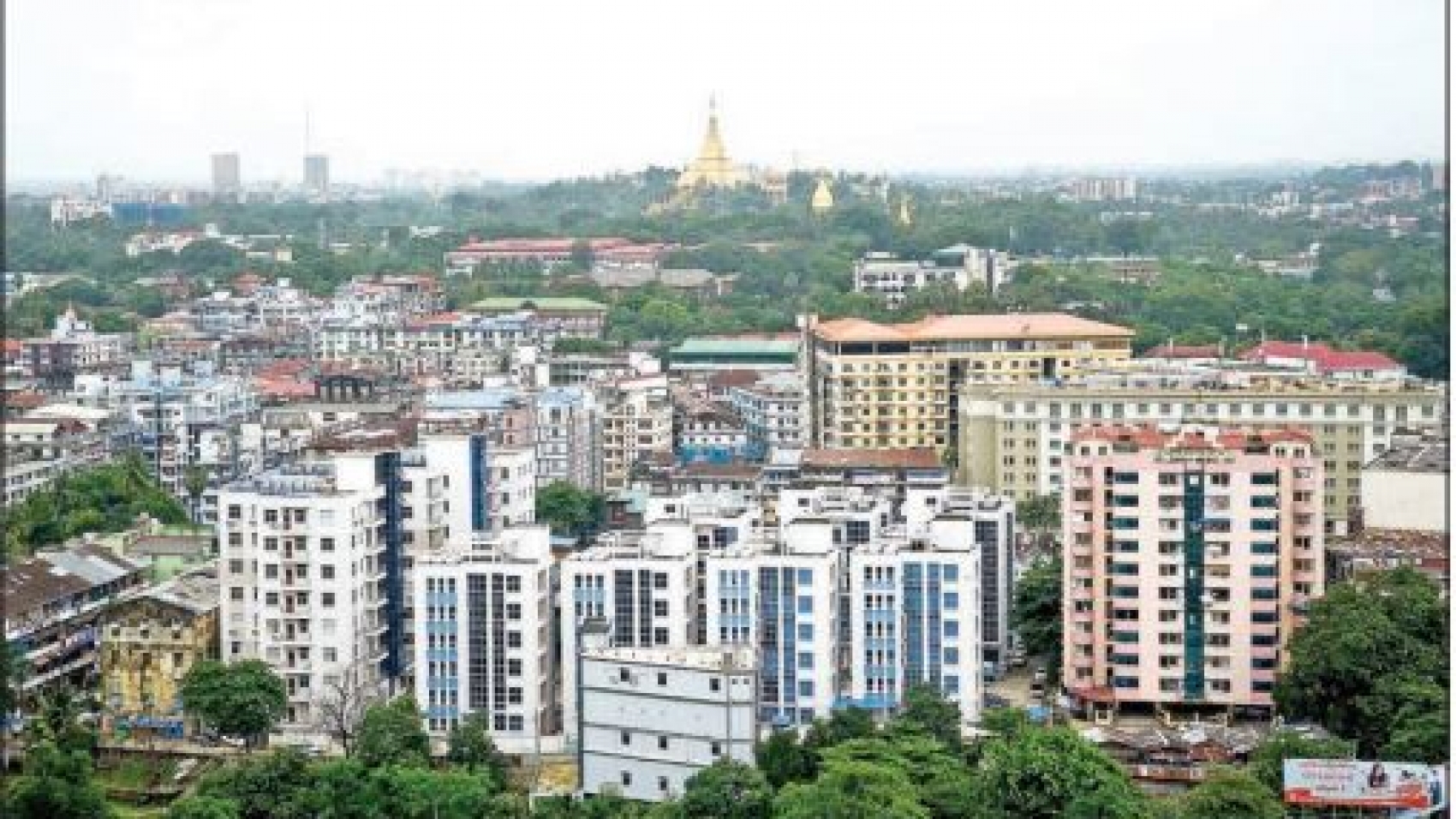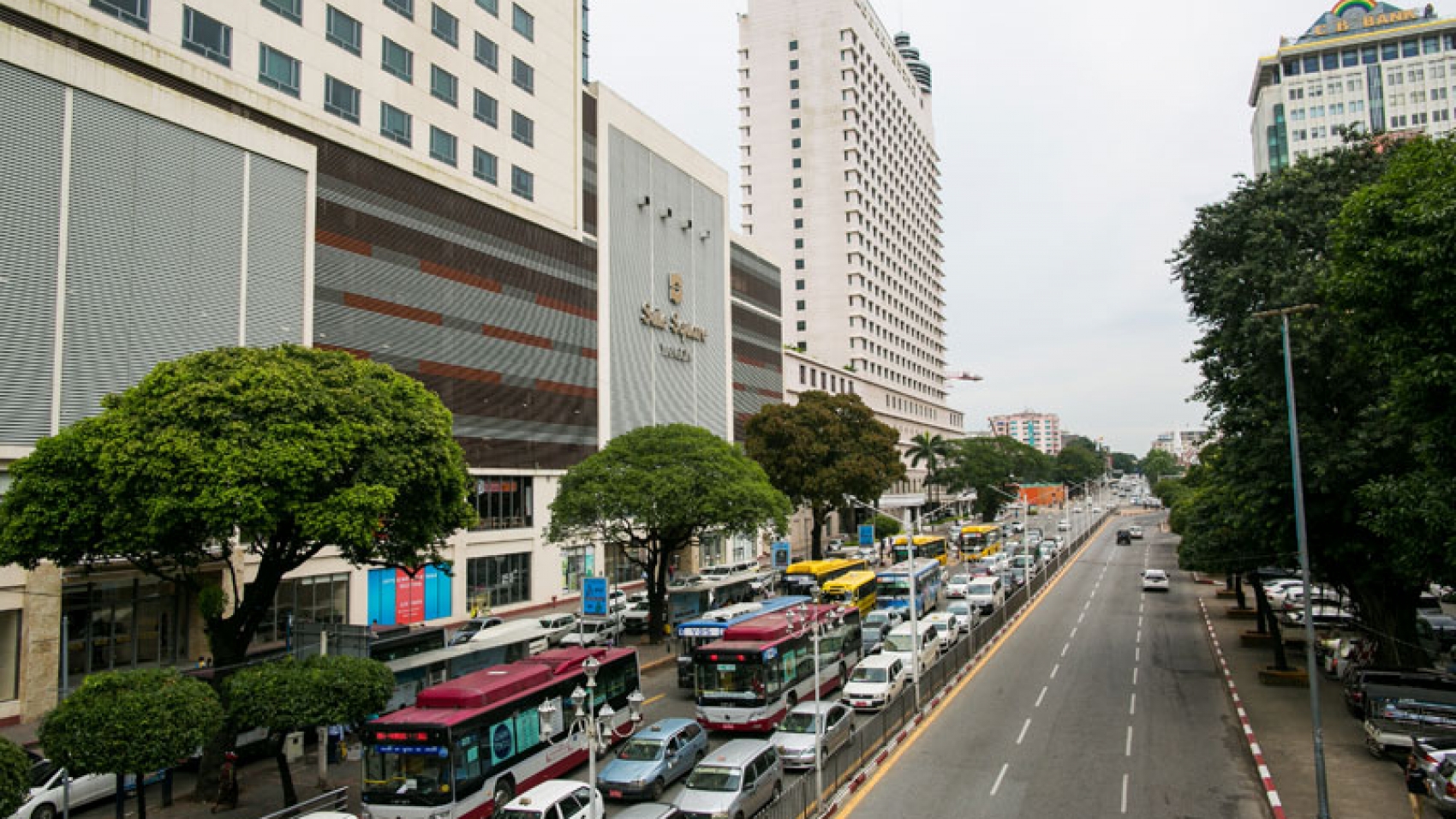The prices of sesame seeds significantly rose in October on the back of China’s strong demand, said traders from Mandalay market. The price of white sesame increased from over K1.5 million to K1.66 million per tonne compared to September’s rate, while brown sesame price also jumped to K1.45 million per tonne in October, which is nearly up by K200,000 per tonne against last month. The price of black sesame seeds is flat at over K2.7 million per tonne for the two consecutive months. Last year, sesame seeds were priced at K2.13 million per tonne for white sesame, K1.94 million per tonne for brown sesame and K3.6 million per tonne for black sesame, as per market data updated by Myantrade online. This year, the sesame prices drop by over 20 per cent compared with the prices in the previous years due to the COVID-19 negative impacts.
Consequently, the growers do not make a large profit this year, a trader from Mandalay market stressed. Typically, Myanmar exports about 80 per cent of sesame production to foreign markets. China is the leading buyer of Myanmar sesame, which is also shipped to markets in Japan, South Korea, China (Taipei), UK, Germany, the Netherlands, Greece, and Poland among the EU countries. The EU markets prefer organic-farming sesame seeds from Myanmar, said an official from the Trade Promotion Department. Japan prefers Myanmar black sesame seeds, cultivated under good agricultural practices (GAP), and purchases them after a quality assessment. Black sesame seeds from Myanmar are also exported to South Korea and Japan. Meanwhile, China buys various coloured sesame seeds from the country. This year, Japan has not purchased Myanmar’s sesame yet.
Sesame is cultivated in the country throughout the year. Magway Region, which has gained a reputation as the oil pot of Myanmar, is the primary producer of sesame seeds. The seeds are also grown in Mandalay and Sagaing regions. Of the cooking oil crops grown in Myanmar, the acreage under sesame is the highest, accounting for 51.3 per cent of the overall oil crop plantation. The volume of sesame exports was registered at over 96,000 tonnes, worth $130 million, in the financial year 2015-2016; $100,000 tonnes, worth $145 million, in the 2016-2017FY; 120,000 tonnes, worth $147 million, in the 2017-2018FY; 33,900 tonnes valued $43.8 million in the 2018 mini-budget period, and 125,800 tonnes, worth $212.5 million in the 2018-2019FY, the trade data of Central Statistical Organization indicated.
Source: The Global New Light of Myanmar



